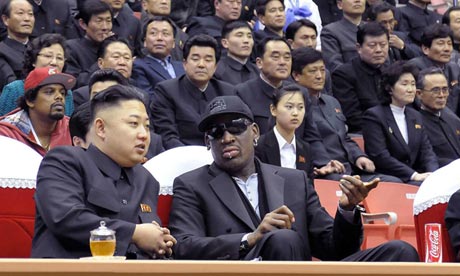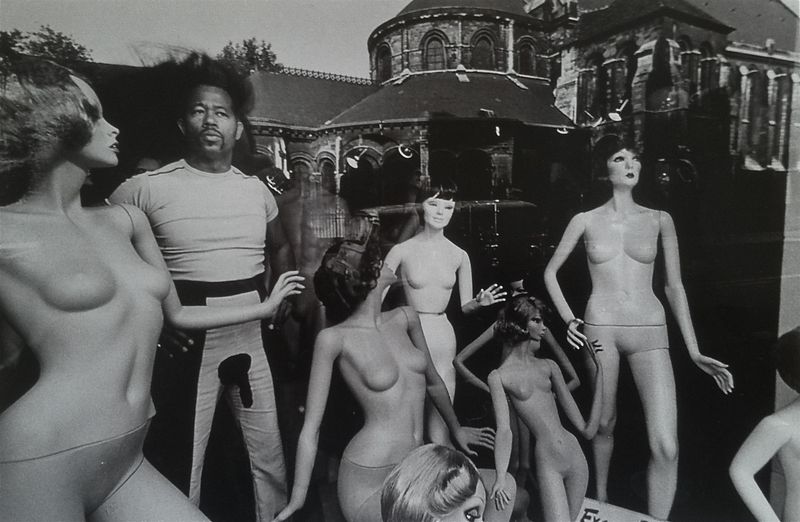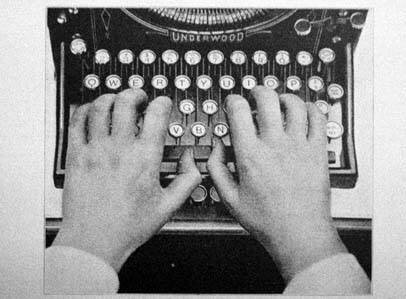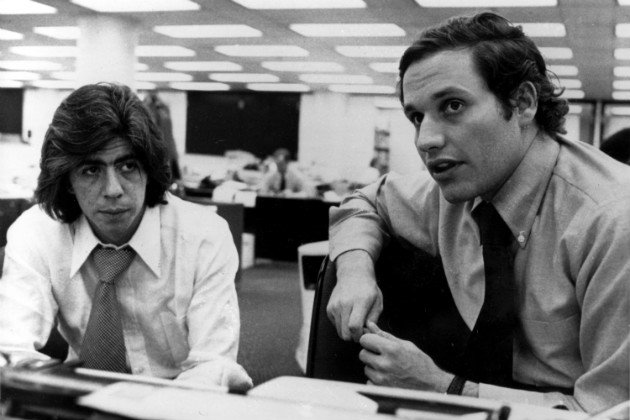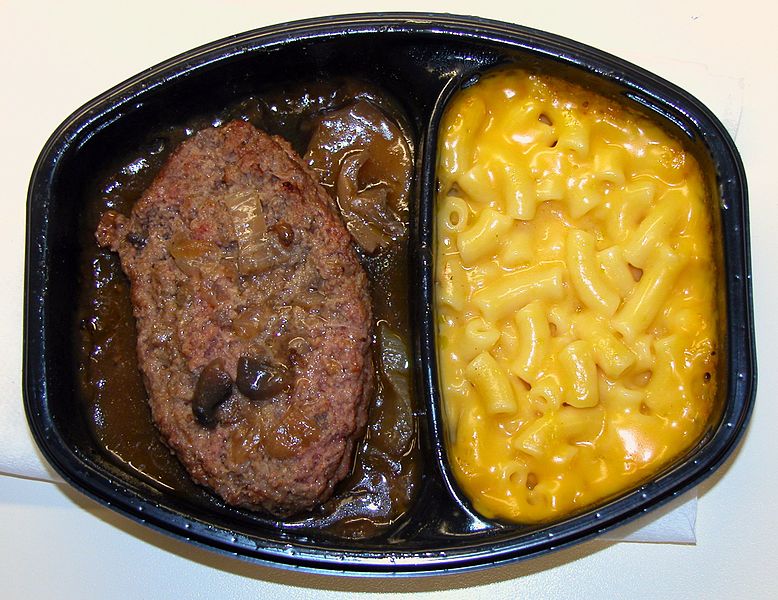We modify ourselves for aesthetic pleasure, but should we do so with our pets? The answer may be dubious, but it’s sort of beside the point because it’s happening and it will become commonplace. We’ve only just begun playing with genes. The opening of “Beauteous Beasts,” Emily Anthes’ new Aeon essay about manipulating DNA to make pets more presentable:
“Among the reeds and roots of India’s flooded rice paddies lives a small, freshwater fish. It is covered, face to fin, in horizontal black-and-white stripes, giving the minnow its name: the zebrafish. The fish are striking — and hardy — which has made them popular pets. Over the decades, the fish have spread beyond the shallow, silty waters of the Indian subcontinent to show off their racing stripes in living rooms around the world.
But today, these fish — at least, the original, black-and-white model popular among generations of aquarium keepers — are beginning to seem like relics from a simpler, bygone era. Thanks to biotechnology, the zebrafish has gotten a modern, Technicolor upgrade. By plucking pieces of DNA from jellyfish, sea coral and sea anemones, and popping them into the tiny, tropical fish, biologists have created zebrafish that glow in electric shades of red, orange, green, blue, and purple. In late 2003, a small Texas company called Yorktown Technologies began selling these animals, which they dubbed GloFish. They became America’s first genetically engineered pets.
GloFish are now available at pet stores throughout 49 American states (all but California), selling for $5 or $6 a pop. Two years ago, I bought six of them, along with a special tank designed to bring out their vibrant colours. I was enchanted, watching the fish dart around the aquarium in a neon blaze. But I also found myself confronting some thorny ethical and philosophical questions.”





